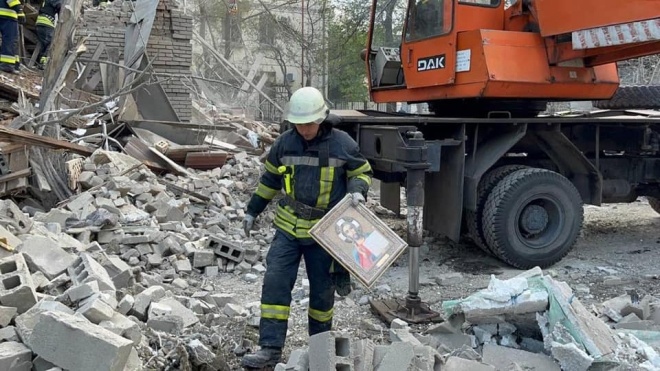The Washington Post writes about the preparation of the Ukrainian Armed Forces for winter. In cold season, it will be more difficult for Ukraine and Russia armies to provide supplies. In addition, itʼs already clear that the tactics of the Russian Federation consist of attacks on the population and civilian infrastructure, which is especially dangerous in winter. The Ukrainian command is also concerned that some weapons may fail due to weather conditions, and the control of many systems will become difficult. The front line is likely to stabilize, but according to Pentagon reports, Russia will not be able to draft its 300,000 conscripts before the onset of cold weather, the publication writes. The advantage for Ukraine will be the support of the civilian population ― its level will depend on the extent to which the infrastructure will be affected. Ukrainian leaders used the threat to power grids and heating systems from Russia as an argument for the West to quickly provide high-tech weapons. Sources of the publication in the US Department of Defense say that the provision of new equipment involves training and the organization of support ― and itʼs impossible to implement this in one day. Meanwhile, due to the lack of armored vehicles, the Ukrainian military is actively adapting civilian cars to front-line conditions.
If Putin launches a nuclear strike, what will be the US response? This question is explored by The New York Times editor Spencer Bokat-Lindell. The Kremlin has been threatening to use nuclear weapons throughout the full-scale war, and those threats have intensified in recent weeks. Ukraine takes them seriously ― at least thatʼs what the countryʼs leaders say, while in the US the risk is still assessed as low. At the same time, various scenarios are being discussed in the States. Joe Bidenʼs national security adviser, Jake Sullivan, in response to Putinʼs latest speech, said that the consequences of Russiaʼs use of nuclear weapons would be catastrophic, but did not give details. Officials say that there are almost no scenarios of the use of nuclear weapons by the United States, itʼs more likely to use conventional means to, for example, expel all Russian troops from the territory of Ukraine. Some experts believe that it would be more appropriate to use nuclear weapons, because otherwise Putin will decide that he can continue to carry out nuclear strikes. In addition to a military solution, Ukraineʼs allies can increase economic pressure on the Russian Federation ― in particular, the USA can impose secondary sanctions on those who continue to do business in the aggressor country.
Foreign Policy spoke with the president of the European Bank for Reconstruction and Development (EBRD), Odile Renaud-Basso, about the cost and priorities of Ukraineʼs recovery. Here are the main points of the conversation:
the main goal of the EBRD in Ukraine is to support the real sector of economy, that is, to restore and support the operation of the railway, power grids, and the supply of energy resources;
according to the bankʼs estimates, in 2022 the economy of Ukraine will decrease by 30% year-on-year;
in order for Ukraineʼs economy not to collapse, monthly assistance of $3-3.5 billion is needed. With fears of recession in the US and EU, providing this support is a challenge;
it is difficult to estimate the cost of Ukraineʼs reconstruction, because the war is still going on. Currently, itʼs about sums from $300 billion to $700 billion.
